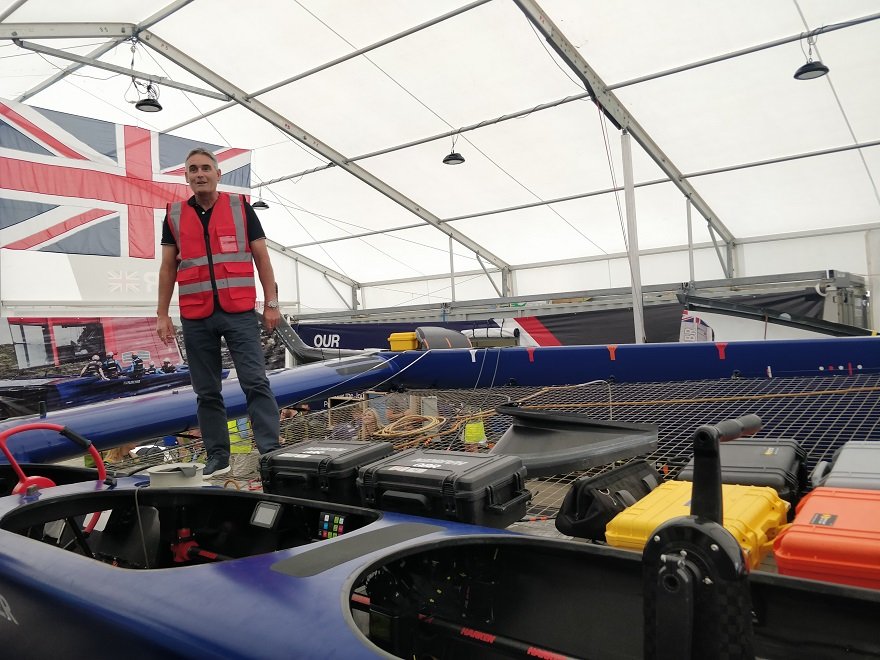SailGP: bringing sailing to a new audience with technology
The data gathered across the course of the first five-race season will feed into future design improvements on the catamarans and for the technology that supports SailGP.
“We are fast-tracking things that used to take six to 12 months to learn but we’re now able to do in an afternoon,” said SailGP CEO Russell Coutts (pictured above).
He says that it could be possible to automate the flight control of the boats to use computers for optimal racing performance, “but we made a conscious decision not to, so we can retain the human element. But we could automate some functions, such as collision warnings.”
Technology director Warren Jones said SailGP hopes to use more predictive tools to analyse data, and to take advantage of Oracle’s machine learning and artificial intelligence software.
The F50 yachts travel so fast that one of their limiting factors is a process called cavitation – effectively, the foils that cut through the sea cause the water to “boil” and vapourise because of the extreme pressures involved in lifting the hulls out of the water at such speed. This is a danger for the sailors, because water vapour produces less lift than liquid water, and cavitation can cause the boat to become unstable. Thanks to analysis of all the data produced by the boats, designers will be able to further improve the foils and the flight control systems to reduce risk and operate right at the very edge of the natural limits of high-performance sailing.



